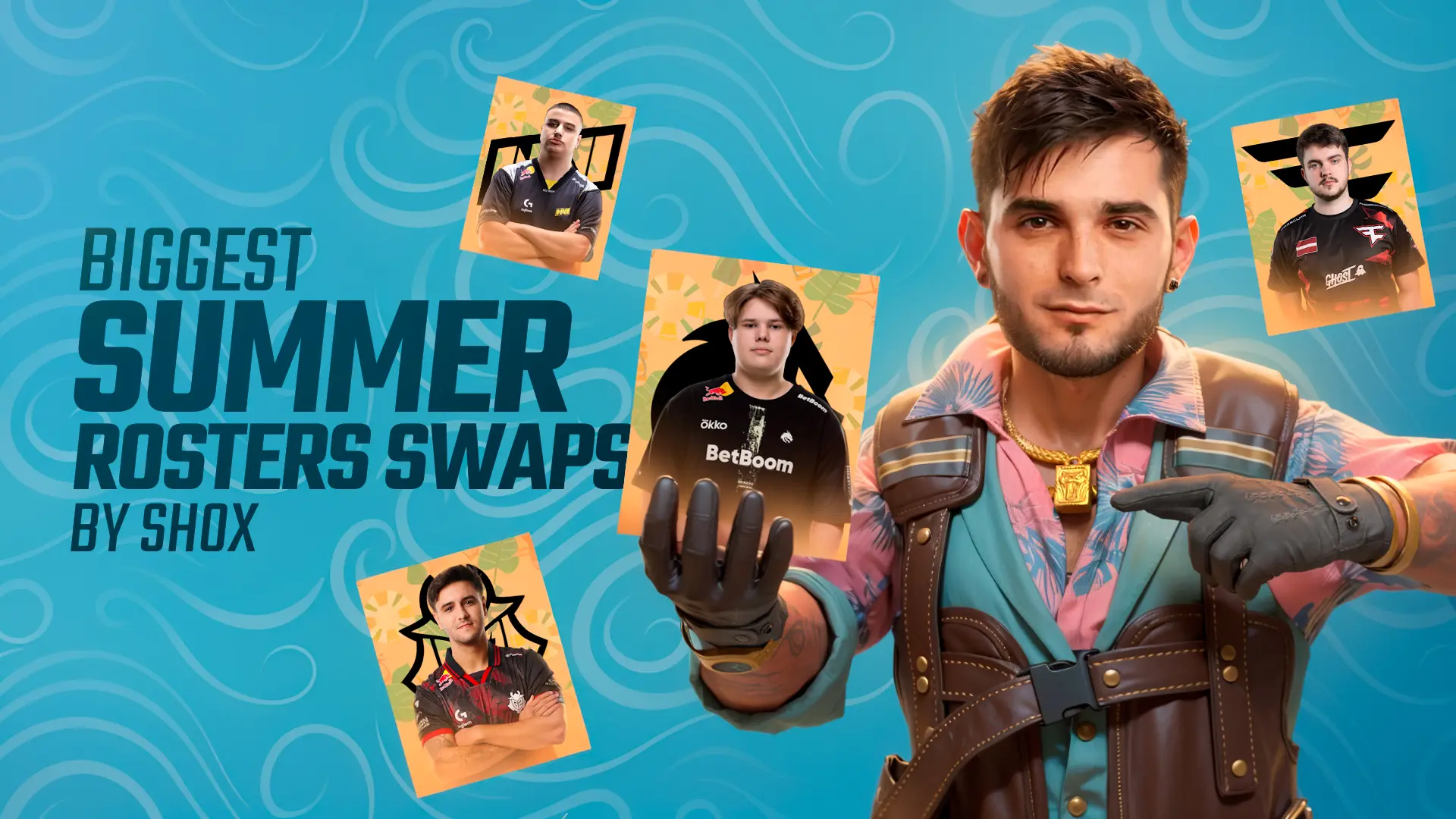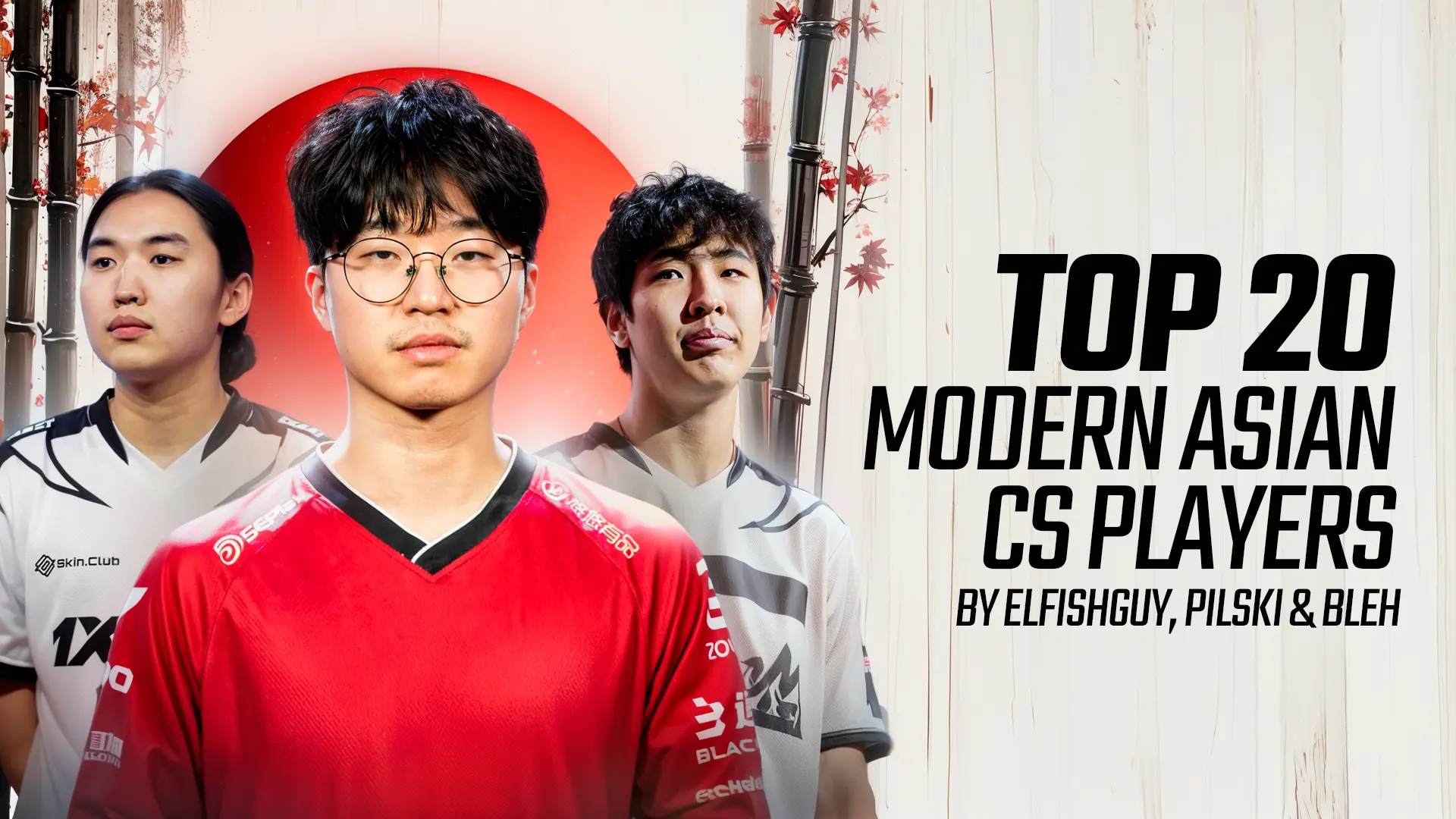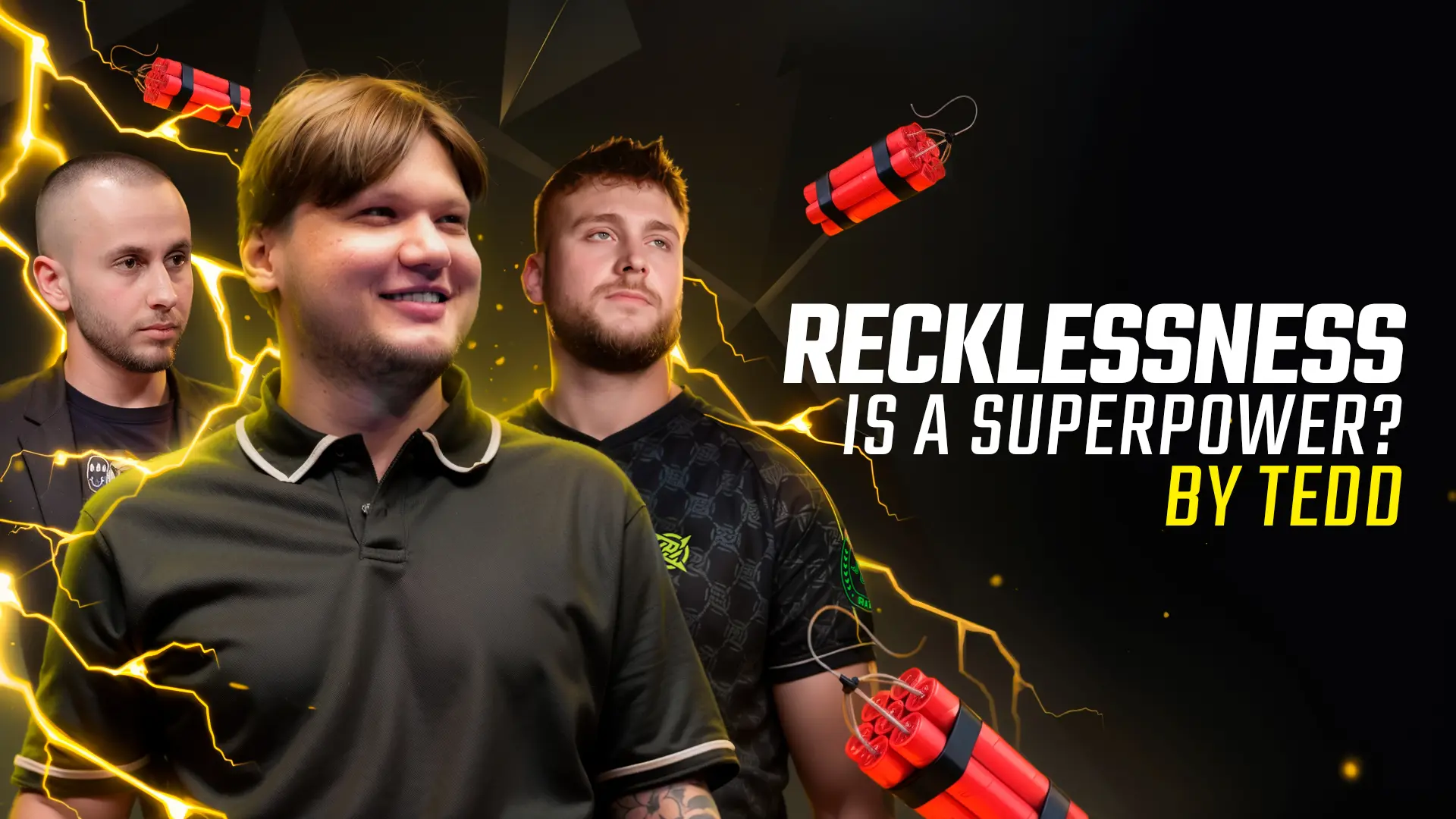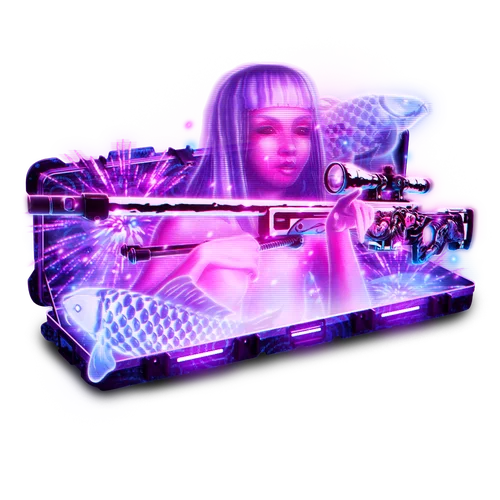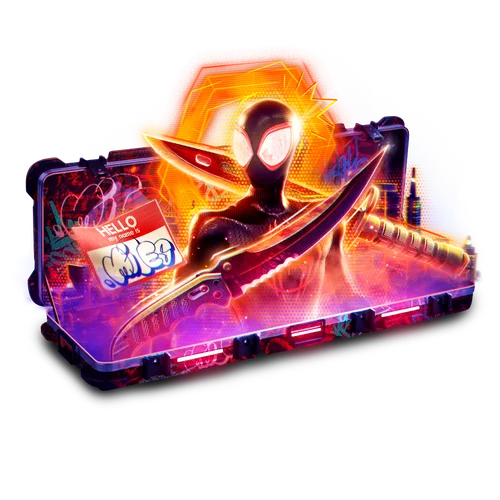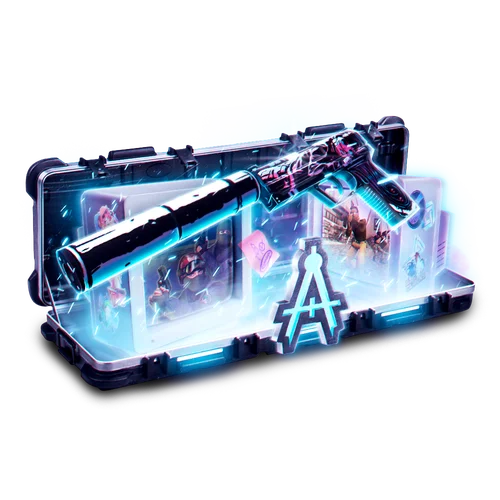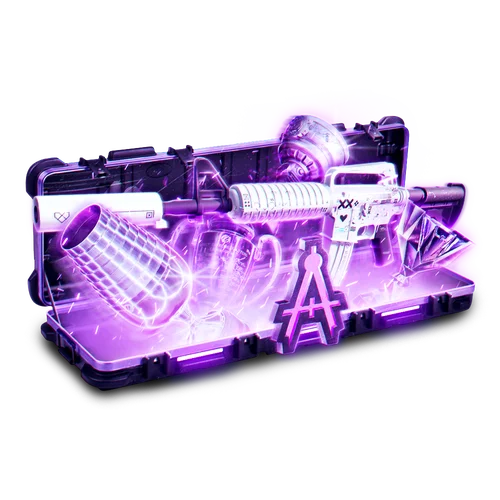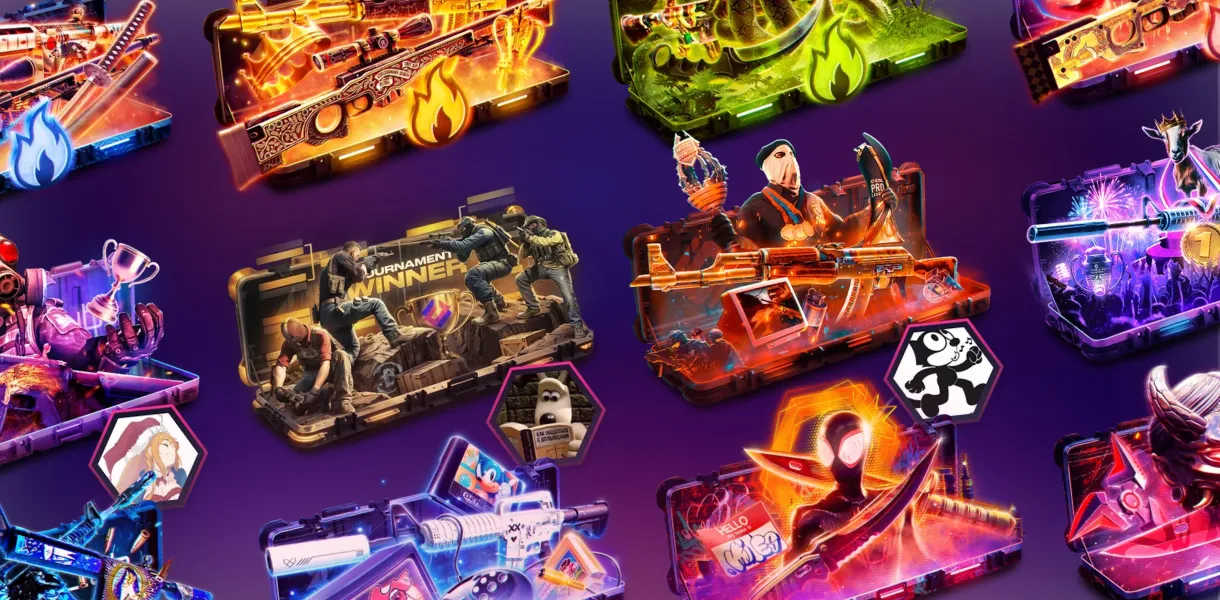The first half of 2025 delivered one of the most dominant stretches we’ve seen in CS2, as Team Vitality ran through almost every opponent in their path. But it also gave us glimpses of shifting tides — emerging stars, key roster moves, and teams on the verge of breaking through.
As we move toward the final stretch of the year, including marquee events like IEM Cologne and the Budapest Major, it’s time to go all-in with a blind prediction on what’s next. We’re not talking wishlists or “what ifs.” This is a straight-up call based on form, structure, firepower, and the invisible chemistry that separates contenders from pretenders.
Vitality: Still the Kings, but Not Untouchable
Let’s set the record straight: Vitality are in the midst of a true era. Since February 2025, they’ve won eight S-Tier tournaments, including the BLAST.tv Austin Major, IEM Dallas, and ESL Pro League Season 21. They also secured the Intel Grand Slam Season 5, cementing their status as the defining team of CS2’s first year.
Here’s what their run looks like:
- 1st place – BLAST.tv Austin Major 2025 (2–1 vs Spirit)
- 1st place – IEM Dallas 2025 (3–0 vs MOUZ)
- 1st place – BLAST Rivals Spring 2025
- 1st place – IEM Melbourne 2025
- 1st place – BLAST Open Spring 2025
- 1st place – ESL Pro League Season 21
- 1st place – IEM Katowice 2025
- Intel Grand Slam Season 5 title
It’s not just dominance — it’s consistency. They’ve taken down every top team in the world, collected over $1.5 million in prize money, and maintained one of the longest undefeated streaks of the CS2 era. Their success isn’t built on a single carry, but on a cohesive structure: ZywOo and flameZ are consistently world-class, ropz delivers in every role he’s given, and apEX continues to evolve as a leader. But cracks, however minor, are starting to show.
Three of their most recent victories went the full five maps. Spirit nearly dethroned them in Austin. MOUZ had them sweating in early rounds. Teams are beginning to push Vitality deeper into matches — targeting mezii’s supportive roles, disrupting apEX’s mid-round calls, and applying raw firepower pressure that forces adaptation.
Make no mistake — Vitality will likely win at least one more top-tier event this year. But the feeling is different now. The margins are thinner, the challengers sharper, and the matchups less predictable. The days of routine 3–0 finals are fading. They’re still on top — but the era is beginning to feel less inevitable.
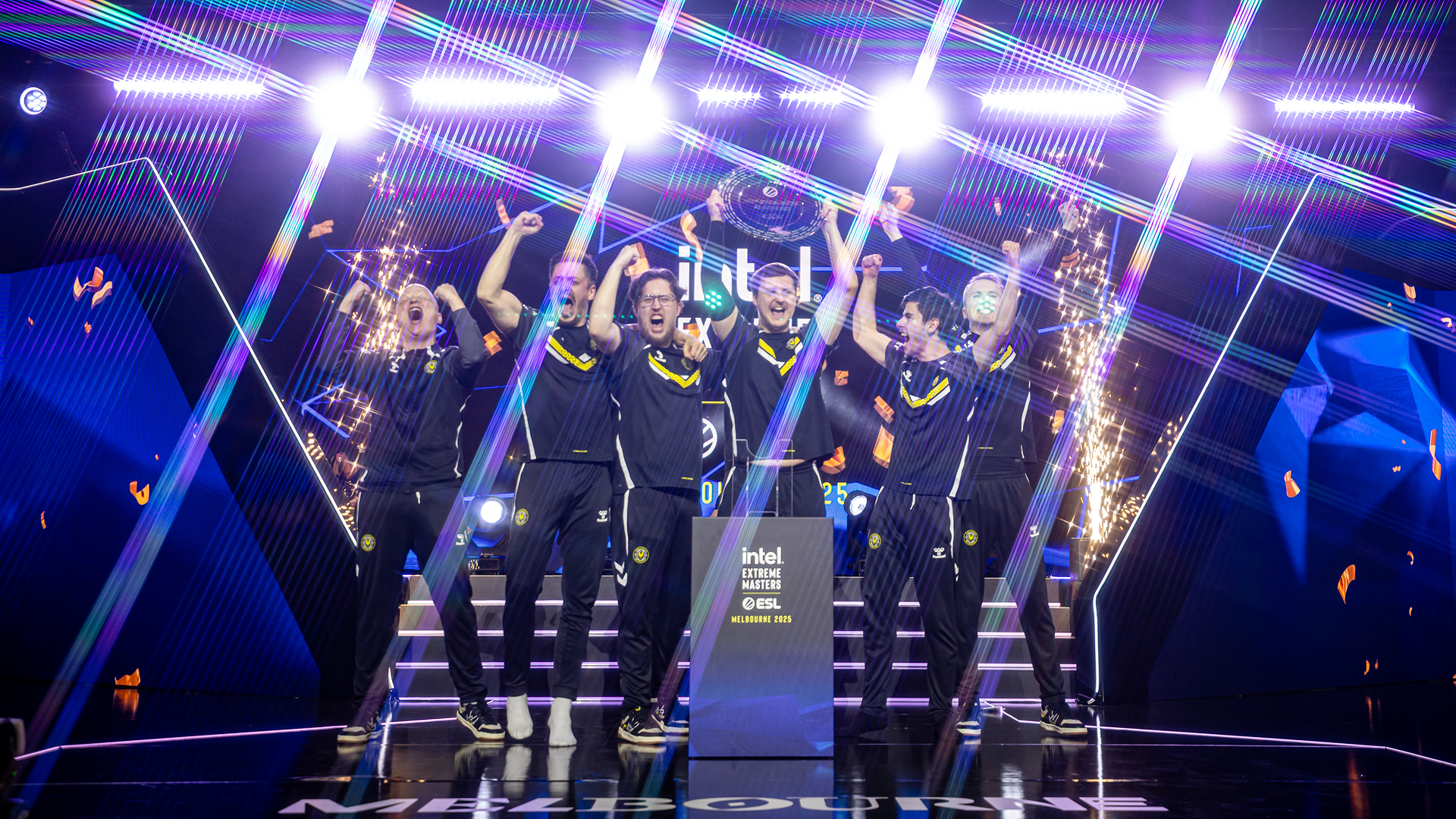
MOUZ: Consistency Forged in Fire — Now It’s Time to Win
No team has had a more stable and threatening presence on the Tier-1 scene this year than MOUZ. With xertioN, Jimpphat, torzsi, Brollan, and Spinx, this roster blends youth, structure, and raw mechanics in a way few others can match.
What makes this MOUZ lineup so special is how balanced it has become. Jimpphat and xertioN continue to deliver high-impact rifling, Spinx brings experience and composure from his time on Vitality, while torzsi provides consistency on the AWP. The recent addition of Brollan — finally back in a system that suits his strengths — gives them a versatile entry and mid-round threat.
Their 2025 track record speaks for itself:
- 1st place at PGL Cluj-Napoca
- Runner-up finishes at EPL S21, Lisbon, and IEM Dallas
- 3–4th at IEM Melbourne, BLAST Rivals, and the Austin Major
These aren’t fluke results. MOUZ are always in the conversation, always in the playoffs, and more often than not — in semifinals or finals. What they’ve lacked isn’t consistency, it’s the final blow. And that’s what makes the rest of 2025 so dangerous for everyone else.
This team has taken its bruises. They’ve been tested by Vitality, by FaZe, by Spirit — and survived. Now, as we head into the decisive stretch of the year, MOUZ aren’t just playoff contenders — they’re title favorites.
Expect them to lift at least one major trophy before 2025 ends, possibly in Cologne or even in Budapest. They’ve earned their place, and now, they’re ready to seize it.
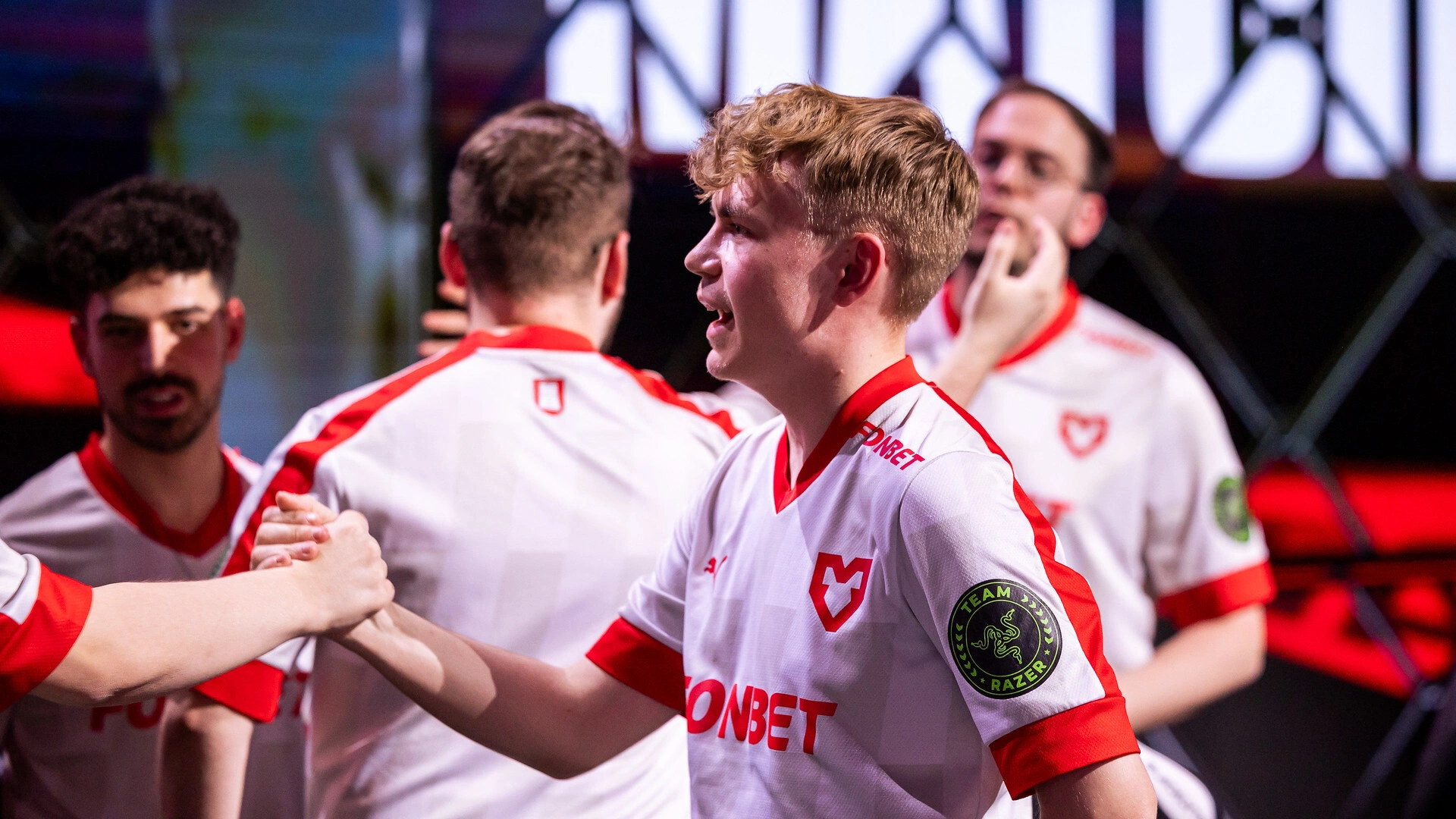
Falcons: Firepower Without Finish
Falcons entered 2025 as one of the most expensive and high-profile rosters in CS2. They had the names. They had the hype. And yet, half a season in, the results tell a different story — one of inconsistency, missed opportunities, and underperformance on the biggest stages.
Their year so far:
- 1st place – PGL Bucharest 2025 (3–0 vs G2)
- 2nd place – PGL Cluj-Napoca 2025
- 2nd–4th – Multiple playoff finishes (Rivals, IEM Melbourne, IEM Dallas)
- 20th–22nd – BLAST.tv Austin Major 2025 (loss to MIBR, early exit)
- 6th place – ESL Grand Slam Season 5 points standings
- Group stage exits – EPL S21, BLAST Open Spring, IEM Katowice
What’s clear is that Falcons can compete at a high level, especially when momentum is on their side. But their problems go deeper than form. At times, they rely too heavily on individual outplays rather than cohesive systems. The synergy is unstable. The style is volatile. And when it collapses — like it did in Austin — it collapses completely.
Despite a dominant win at PGL Bucharest, that title feels more like an exception than the norm. Since then, the team has spiraled downward. Their recent “non-PC” bootcamp may help rebuild trust and mental clarity, but it doesn’t solve the structural issue: Falcons play like a team of five individuals, not a five-man unit.
That said, their upside hasn’t disappeared. With players like Magisk, sunpayus, and Maden still on the roster (pending rumored changes), this is one of the highest firepower lineups in CS2. They can beat anyone on a good day. But without stability — in roles, in leadership, in execution — they’ll keep falling short when it matters most.
For the remainder of 2025, expect sparks, maybe a semifinal appearance or a bracket-breaking upset. But a Major title or consistent finals? Unless something drastic changes internally, those goals are likely out of reach.
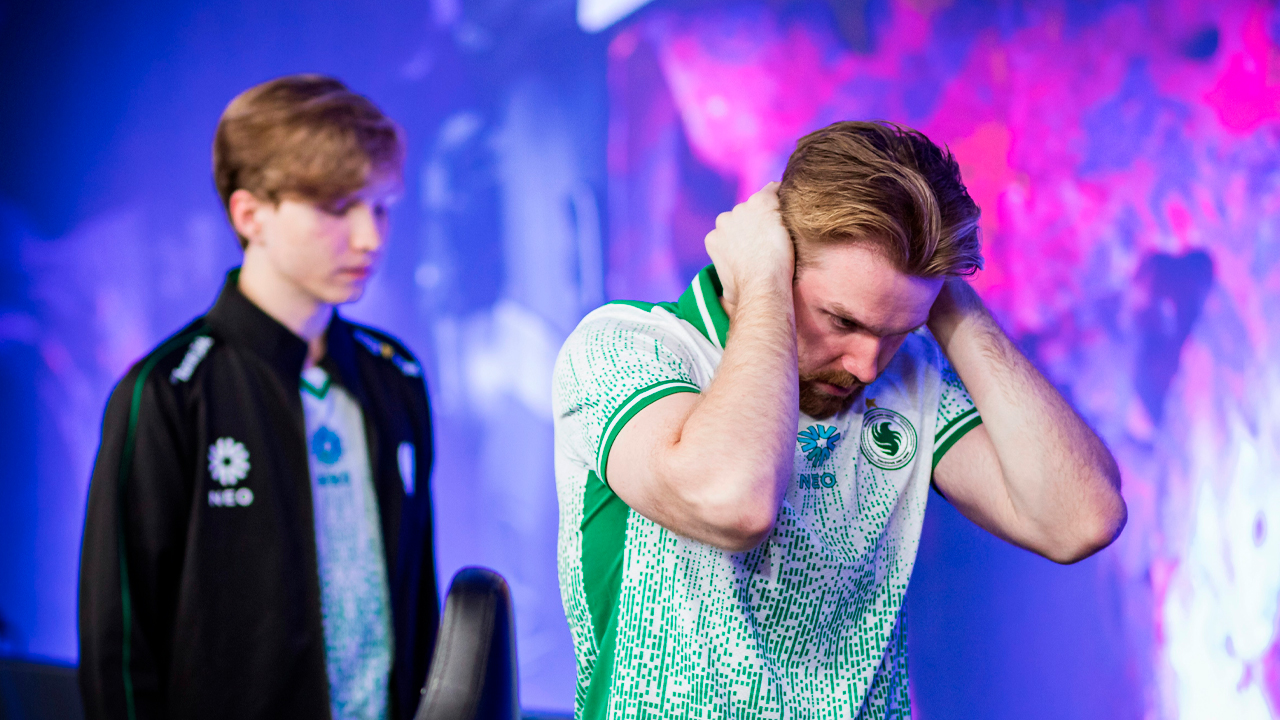
NAVI: makazze Might Be the Last Card to Play
2025 has been a frustrating year for NAVI. After a rocky 2024, the team entered the new season with cautious optimism — a revamped structure, a few decent showings, and signs of life. But across nine events, the same story has played out: early exits, missed chances, and no trophies.
Here’s how the year has gone so far:
- 5th–8th – BLAST.tv Austin Major 2025 (0–2 vs Vitality)
- 5th–8th – PGL Astana 2025 (1–2 vs Falcons)
- 7th–8th – IEM Melbourne 2025
- 5th–6th – BLAST Open Spring, ESL Pro League S21
- 3rd–4th – IEM Katowice and BLAST Bounty Spring
- 2nd place – ESL Grand Slam Season 5 points standings
- 1st place – BLAST Bounty Spring Qualifier
- 0 titles, 0 finals appearances
Despite reaching playoffs consistently, NAVI have never looked like true contenders. The core issue? They lack a playmaker — a player who can push them past the quarterfinal wall. Too often, they fall in straight maps to better-prepared, more explosive teams. Their losses to Vitality, Spirit, and even Falcons have exposed a skill ceiling that coaching alone won’t fix.
That’s why the recent addition of makazze is such a pivotal gamble. The former NAVI Junior star has shown firepower, confidence, and clutch instincts beyond his years. He’s the kind of player who can change a round with a single entry or turn a lost post-plant into a win.
But integrating a young star into a system as structured and responsibility-heavy as NAVI’s is never easy. If he’s allowed freedom, space, and time — he could elevate this team’s entire dynamic. If not? It might just be another chapter in NAVI’s post-B1t stagnation.
Expectations should be cautious. If makazze clicks, NAVI can push into top-4 territory again, maybe even reach a grand final. But if the integration fails, 2025 may close out just like it began: with NAVI stuck in the middle of the pack, watching others lift the trophies they once fought for.
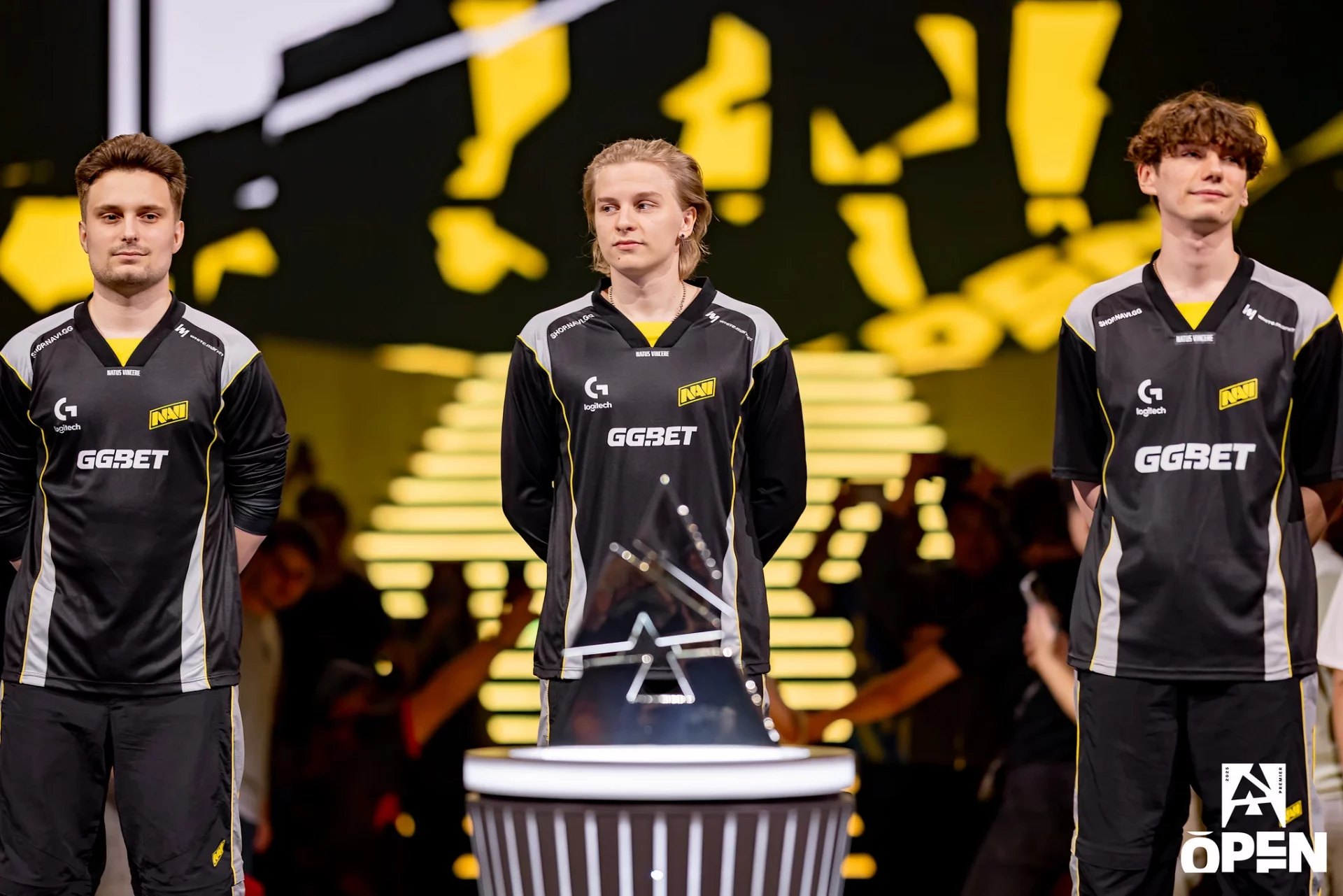
FURIA: A Post-Melbourne Rebirth — But Is It Just the Honeymoon Phase?
The first quarter of 2025 was brutal for FURIA. They consistently finished near the bottom of every event, crashing out in groups at Katowice, ESL Pro League, BLAST Open, and Bucharest. The team looked lost — no identity, no structure, no firepower to challenge the top tier.
Then came the turning point: after IEM Melbourne 2025, the organization made roster changes that immediately revitalized their results.
Here’s the shift: 12th–16th finishes across all S-Tier events, 0 playoff appearances, and routinely outclassed by top-10 teams. But, after the changes: 4th place at PGL Astana 2025, Top 8 at BLAST.tv Austin Major (close 1–2 loss to paiN). Clear improvement in coordination and map control and consistent playoff presence.
The difference is night and day. FURIA now plays with purpose again — faster mid-rounds, tighter retakes, sharper trading. Even in losses, they’ve been competitive, pushing favorites like Vitality and FaZe to deeper rounds. The eye test shows a team that believes in its new identity.
But here’s the catch: they haven’t beaten a top-tier opponent in a knockout stage yet. They’ve fallen to Vitality, paiN, Astana Dragons, and FaZe — often in 2–1s, but still losses. That raises the question: is this just a classic honeymoon phase, or are FURIA actually turning the corner? The answer likely lies in how they handle the second half of the season.
If the momentum holds, FURIA could reach the semifinals of a big event before the year ends. Their style is aggressive, their comms feel cleaner, and the new pieces seem to mesh. But winning a title? That might still be out of reach — unless someone emerges as a true closer under pressure. The foundation is finally there. Now comes the real test.
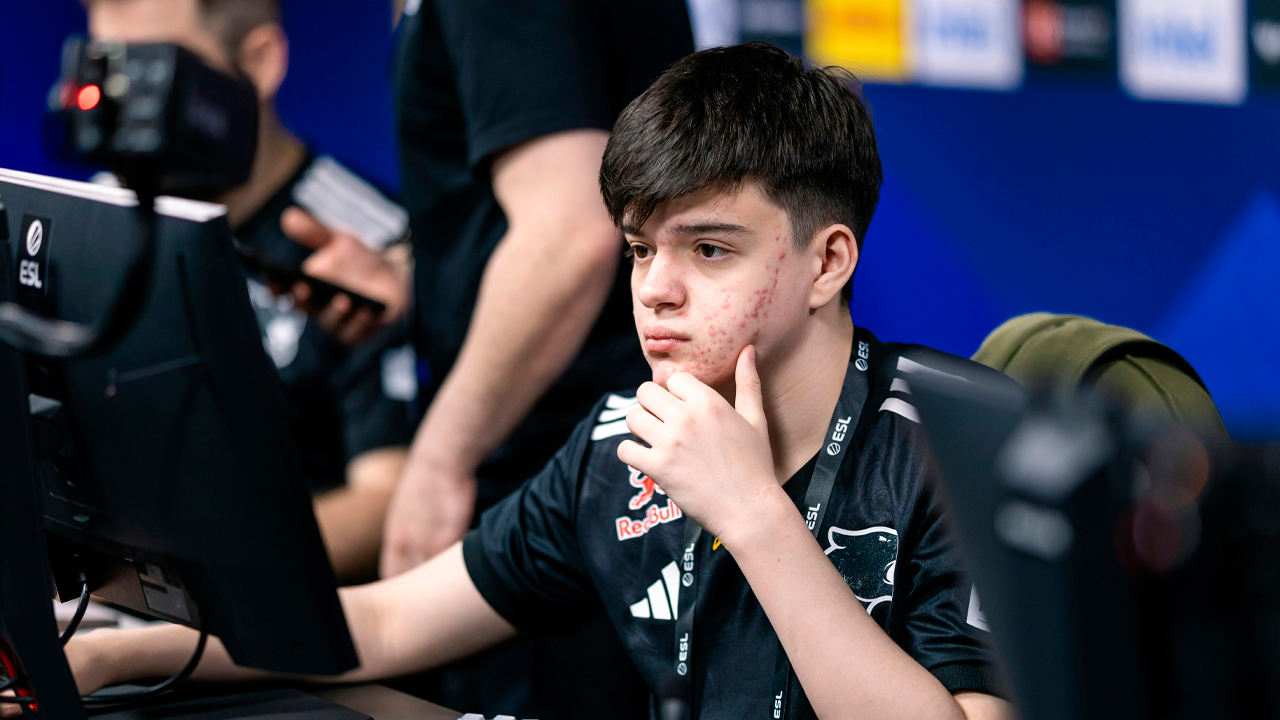
Team Spirit: One donk Is Not Enough
Team Spirit remain one of the most talked-about teams in CS2 — and with good reason. donk’s meteoric rise has given the team a superstar talent capable of taking over any game. In raw mechanics, confidence, and highlight impact, he might already be the most feared rifler in the world. But CS2 isn’t won on mechanics alone.
Despite their firepower and consistency in deep runs, Spirit continue to fall short when it matters most.
2025 highlights so far:
- 1st place – PGL Astana 2025
- 2nd place – IEM Katowice 2025
- 3rd–4th – BLAST Open, EPL S21, BLAST Rivals
- 5th–8th – BLAST.tv Austin Major 2025
- 7th place – ESL Grand Slam standings
It’s a strong year on paper. But if you zoom in, a pattern emerges: they lose every knockout match against Vitality, and their only S-Tier title came without facing them. Even in the Austin Major quarterfinals, they were knocked out by MOUZ — not due to lack of talent, but due to a lack of structural depth.
The addition of zweih hasn’t changed that. While he’s a solid individual player, he doesn’t fill the role Spirit actually need. What the team is missing isn’t another star fragger — it’s a glue guy. A hard support, a space-creator, someone who can plug the holes behind donk’s aggressive map presence and make sacrifices for the team’s bigger picture.
Right now, too many roles overlap. donk wants space. sh1ro demands comfort. chopper needs structure. And zweih? He’s just another gun in a system that needs utility more than firepower.
Until Spirit fix this imbalance, they won’t be able to consistently win big finals. They’ll remain in that tier of elite semifinalists — always dangerous, never quite dominant. They have the best player in the world, but unless they build the right system around him, 2025 will remain a year of close calls and missed crowns.
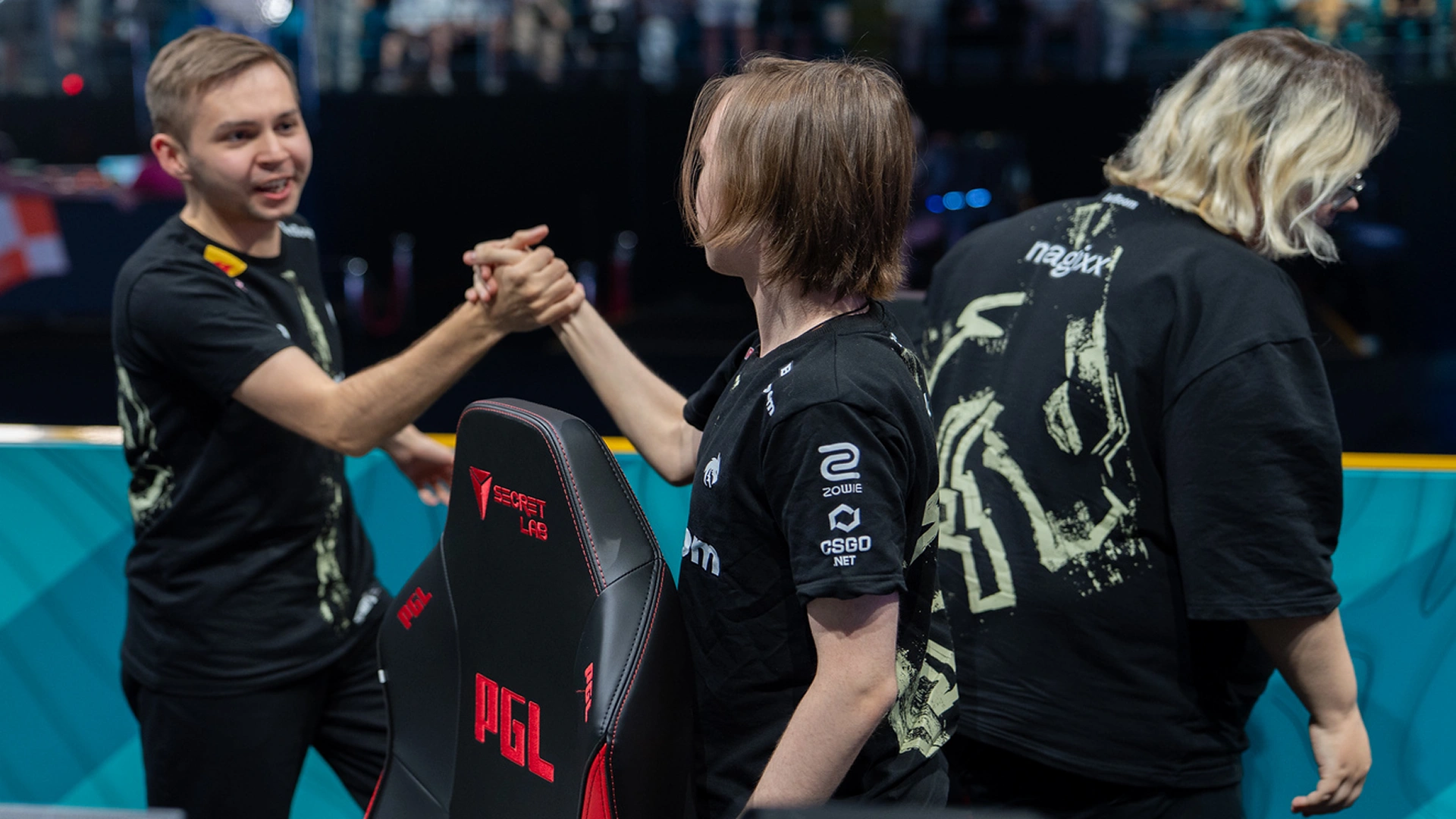
FaZe Clan: Caught in a Loop They Can’t Break
FaZe Clan’s 2025 season reads like a team stuck between eras — chasing former greatness, experimenting with drastic changes, and now seemingly retreating to old comfort. They began the year with broky as their AWPer, a player who knew the system, trusted by karrigan, and capable of stabilizing high-pressure rounds. But as results stalled — early exits at Katowice, inconsistencies at BLAST, and a total lack of grand final appearances — the organization took a gamble.
Just before IEM Dallas, they signed s1mple. It was the move everyone talked about — the GOAT joining a team desperate for firepower and star quality. And for a few matches, it worked. FaZe looked sharper, more aggressive on CT sides, and capable of challenging even elite teams. They placed third at PGL Bucharest, made the playoffs at the BLAST Major in Austin, and finally showed glimpses of the elite ceiling fans expected.
But even with s1mple, they didn’t win. The chemistry wasn’t there. Roles overlapped. FaZe still couldn’t close out tight series, falling 0–2 to Spirit and later to Vitality. What began as a high-impact signing gradually turned into another phase of uncertainty — and when the experiment ran its course, FaZe returned to what was familiar.
broky is back in the lineup now, and with that comes a sense of structure. He knows how karrigan operates, understands his teammates, and doesn’t crumble under pressure. But this version of broky is also the same as before: steady, composed, but lacking the superstar swing factor that separates contenders from champions. He won’t lose you games — but he won’t win you titles either.
And that’s where FaZe are heading into the second half of 2025: stable, experienced, and underwhelming. The return to broky feels less like a tactical evolution and more like a reset — a way to keep the project alive without really fixing what’s broken.
Unless something unexpected happens — a breakout performance, a system overhaul, or another bold roster move — FaZe risk ending the year exactly where they started: outside the winner’s circle, watching others lift the trophies they once believed were theirs.
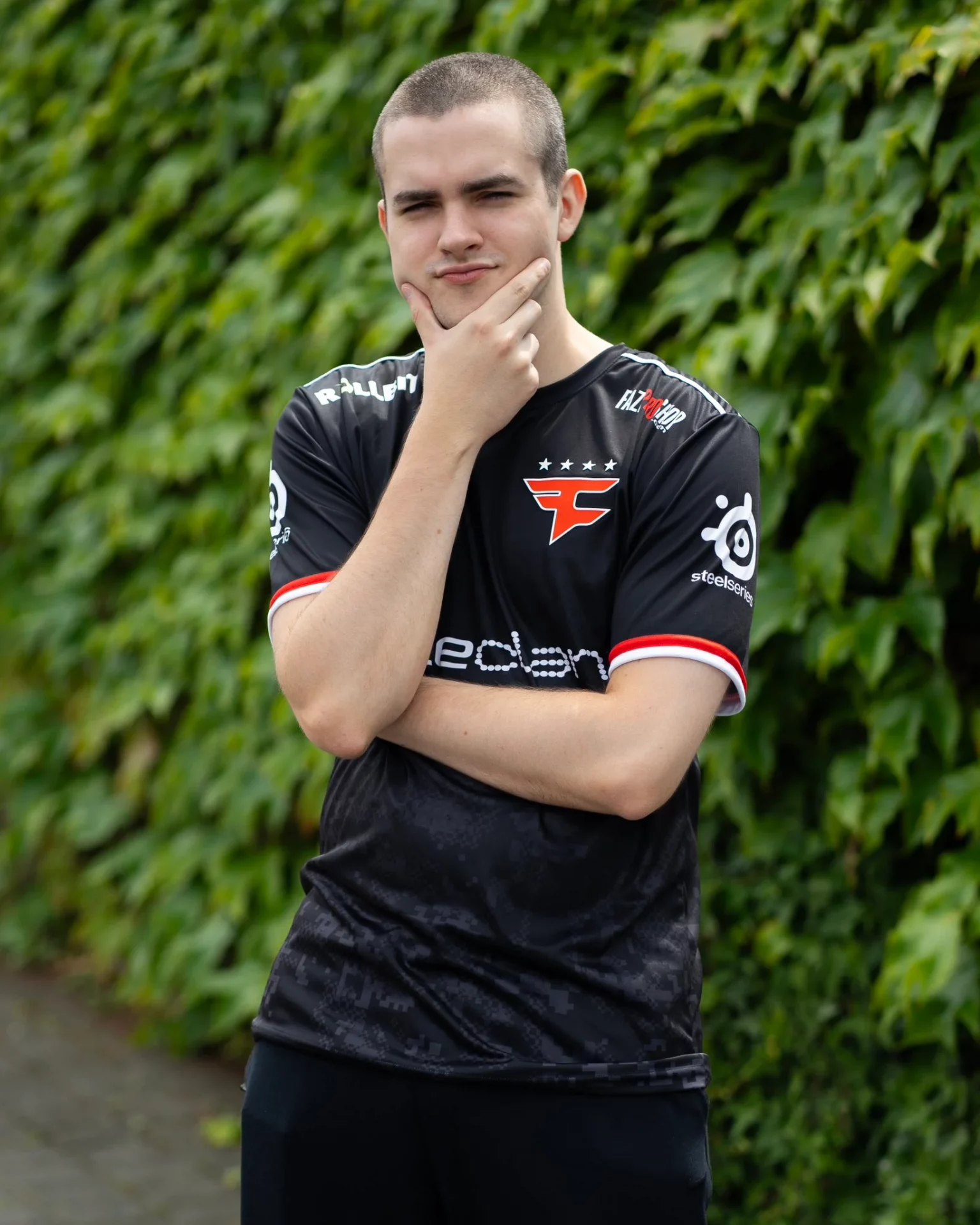
Final Thoughts: The Chase Is Real
Vitality remain on top, but the gap is shrinking. Their era still holds, yet every event feels a little closer, a little more contested. MOUZ are no longer outsiders — they’re knocking hard, and if anyone is going to break through before year’s end, it’s them.
Teams like Spirit and NAVI have tools but lack full structure. donk can only carry so far without the right support, and makazze is still a question mark, not a solution. Falcons play with firepower, but without a clear identity, while FURIA’s resurgence feels promising — though not yet championship-ready.
FaZe, meanwhile, look like a team circling back to old answers without solving the deeper issues. broky offers familiarity, but not the killer edge they need. The second half of 2025 won’t be about one team running away with it — it’ll be a fight to see who adapts fastest, who peaks at the right moment, and who finally turns potential into silverware.
































